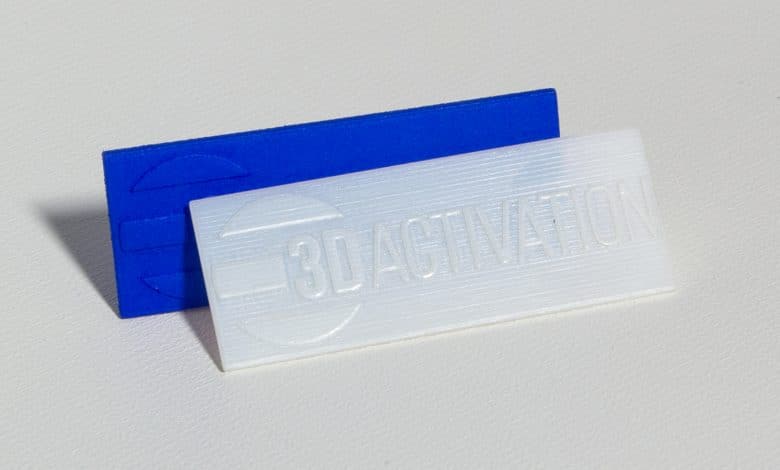
Contents
FDM and PolyJet printing – 2 major 3D printing processes compared
With FDM and PolyJet printing, we would like to compare 2 of the most efficient and at the same time most advanced 3D printing technologies today, whereby both the similarities and the differences should of course be worked out.
Before we get into the details, it is of course important to understand exactly how these two 3D printing technologies technically work.
FDM printing technology
FDM stands for Fused Deposition Modeling. Occasionally, this technology is also referred to as fused filament fabrication (FFF printing).
In the FDM printing process, the 3D printer puts plastic in filament– or fed in rod form, melted in the extruder and applied through the nozzle under high pressure, in the form of a fine, semi-liquid strand of plastic. Layer by layer, the model is applied to the printing bed, which – like the nozzle – can be movable or stationary, depending on the printer model.
PolyJet printing technology
In contrast to the FDM process, PolyJet printing does not work with solid but with liquid plastic, more precisely with a light-curing one photopolymer. This is applied layer by layer to the printing plate by a print head with multiple nozzles (hence the name PolyJet) in ultra-thin layers (between 15 – 32 µm), where it hardens immediately.
origin story
The roots of FDM printing go back to 1988/89, although the term FDM printing was only established in August 1991, which at the time was primarily due to trademark protection reasons.
PolyJet printing is much younger: the first patent for this technology dates back to 1999.
similarities and differences
print speed
Since this aspect is a priority for many, we would like to deal with the topic of printing speed first.

print preparation
Both technologies are characterized by very simple print preparation, which means that print-ready files can be created in less than 5 minutes with a mouse click.
The most important difference: FDM printing systems have differentiated controls for optimally adapting the printing process to the respective requirements.
surface finish
There are clear differences between the two processes and materials here. While PolyJet prints produce a smooth, paintable surface that is ideal for electroplating, for example, FDM prints show clear layer lines that can only be removed with additional post-processing.
Other differences
Other comparative parameters that can be used are:
1.) Accuracy: Is similar for both processes, although FDM-printed components are somewhat more resilient.
2.) Size: FDM printing allows even smaller installation spaces than the PolyJet process.
3.) Remove from Support Material: On PolyJet prints, this is done with a water jet, while FDM support structures either have to be broken off with simple tools or loosened in a lengthy immersion process.
4.) Costs: These are slightly higher for PolyJet than for FDM printing.
Learn more about these two and many other 3D printing processes and materials by visiting our website.
to materials


